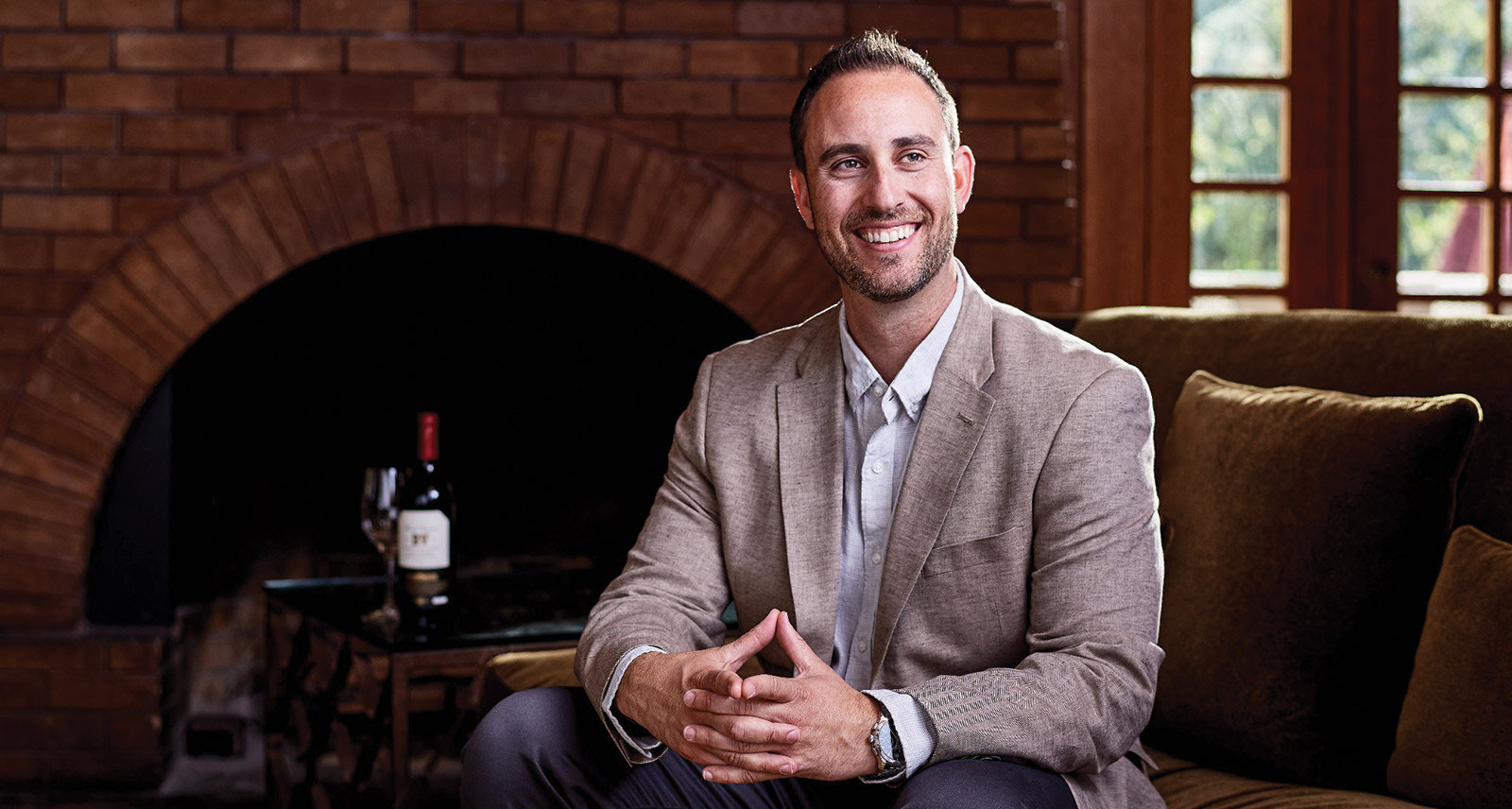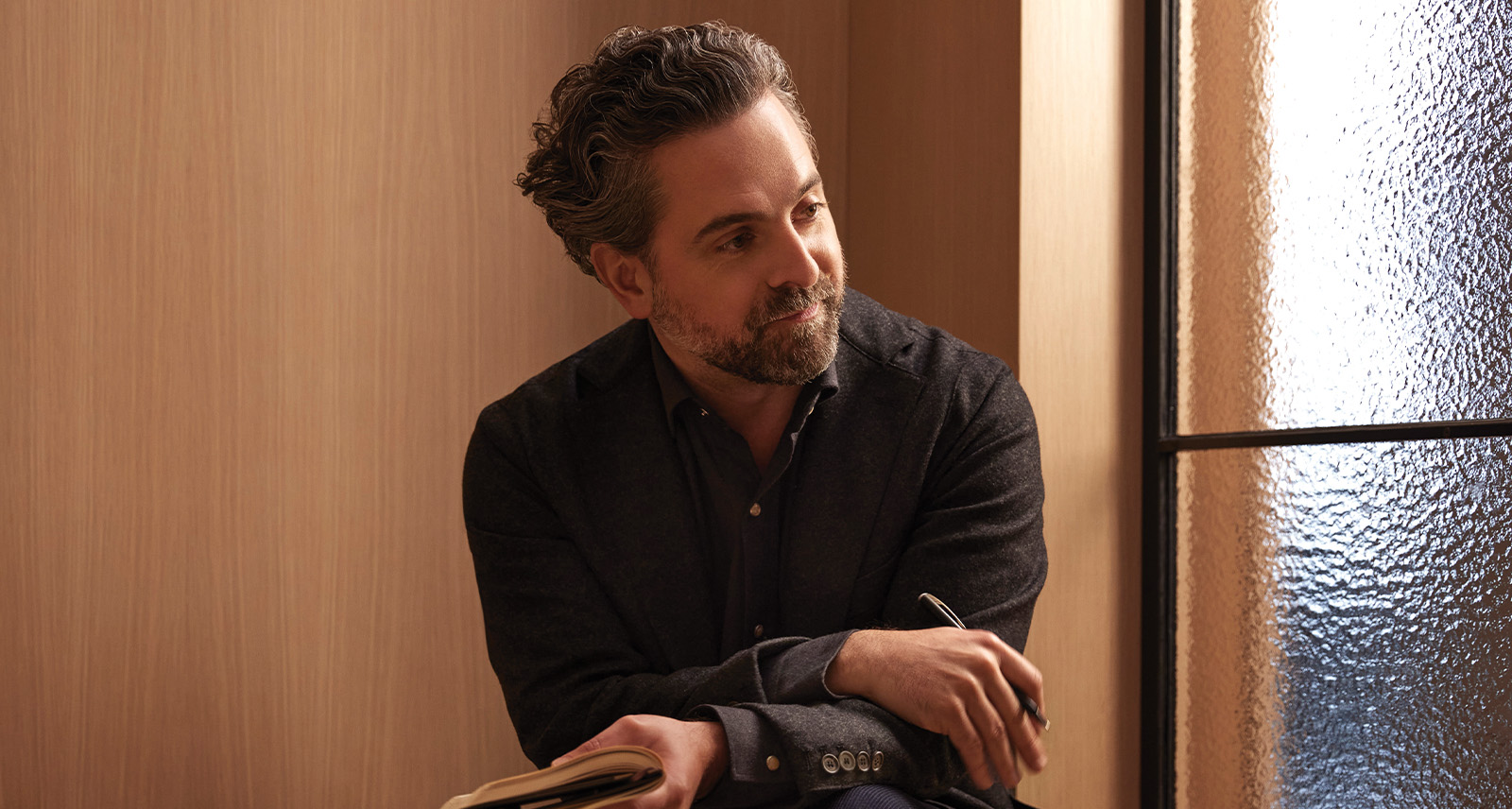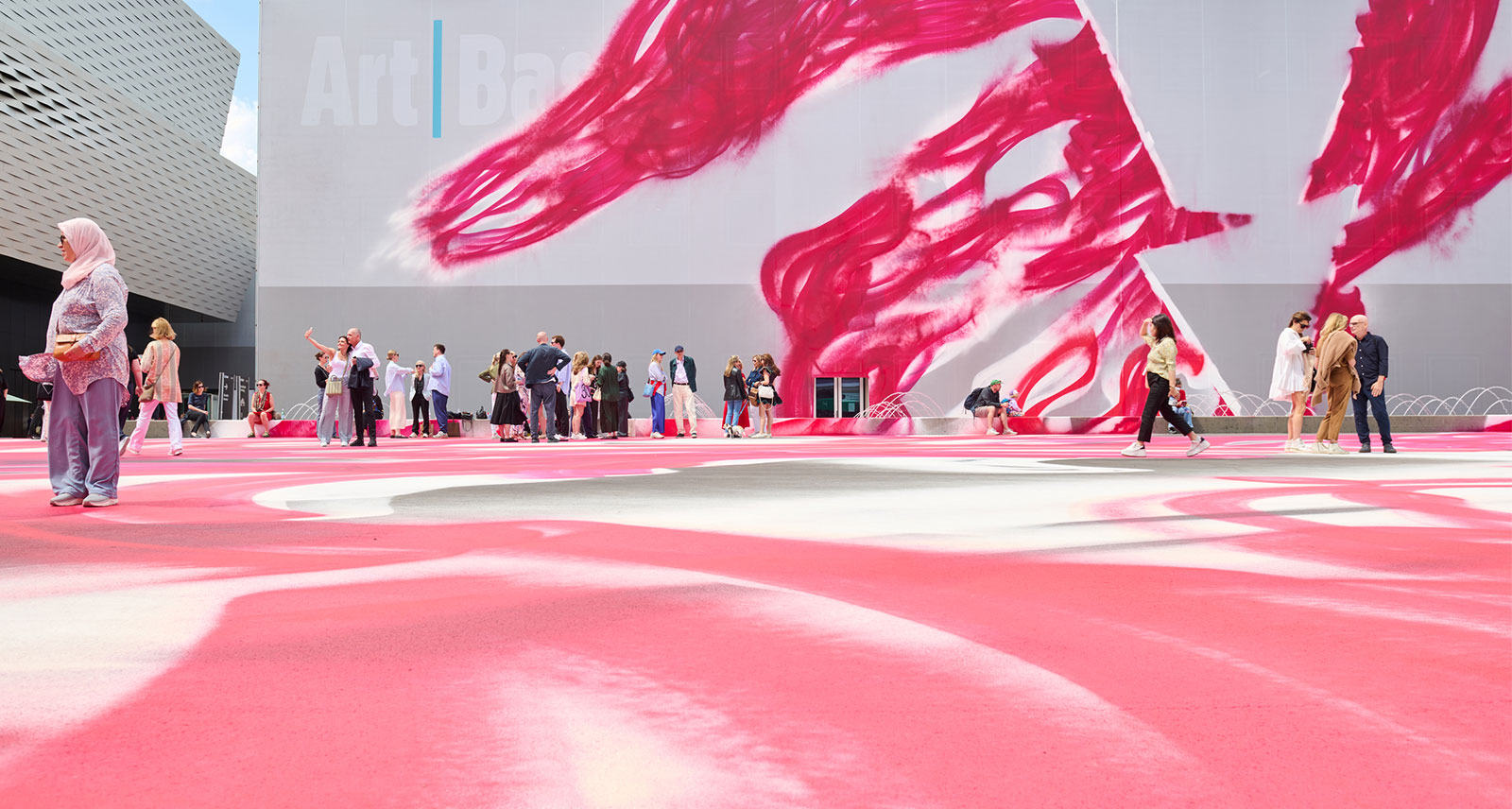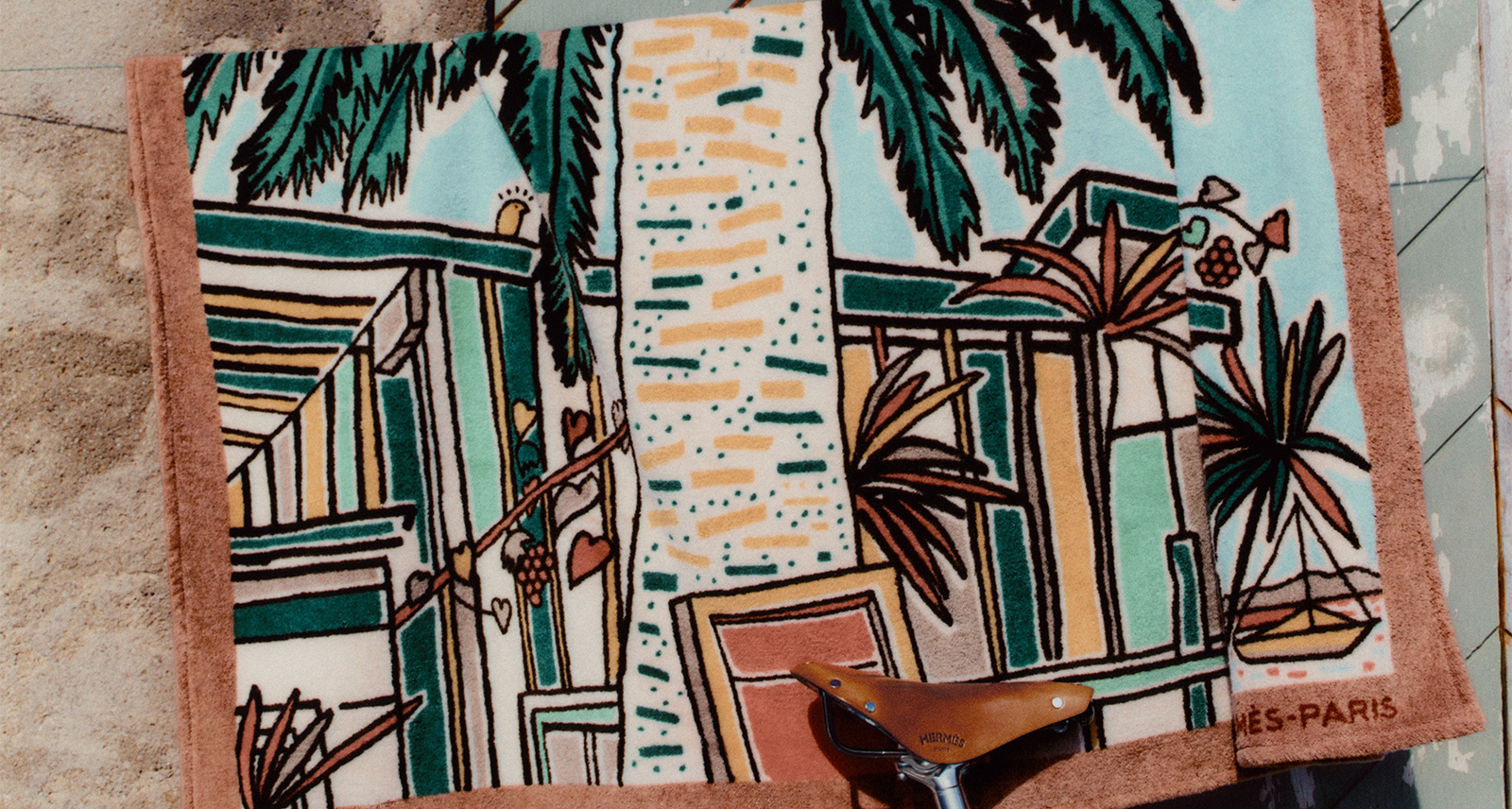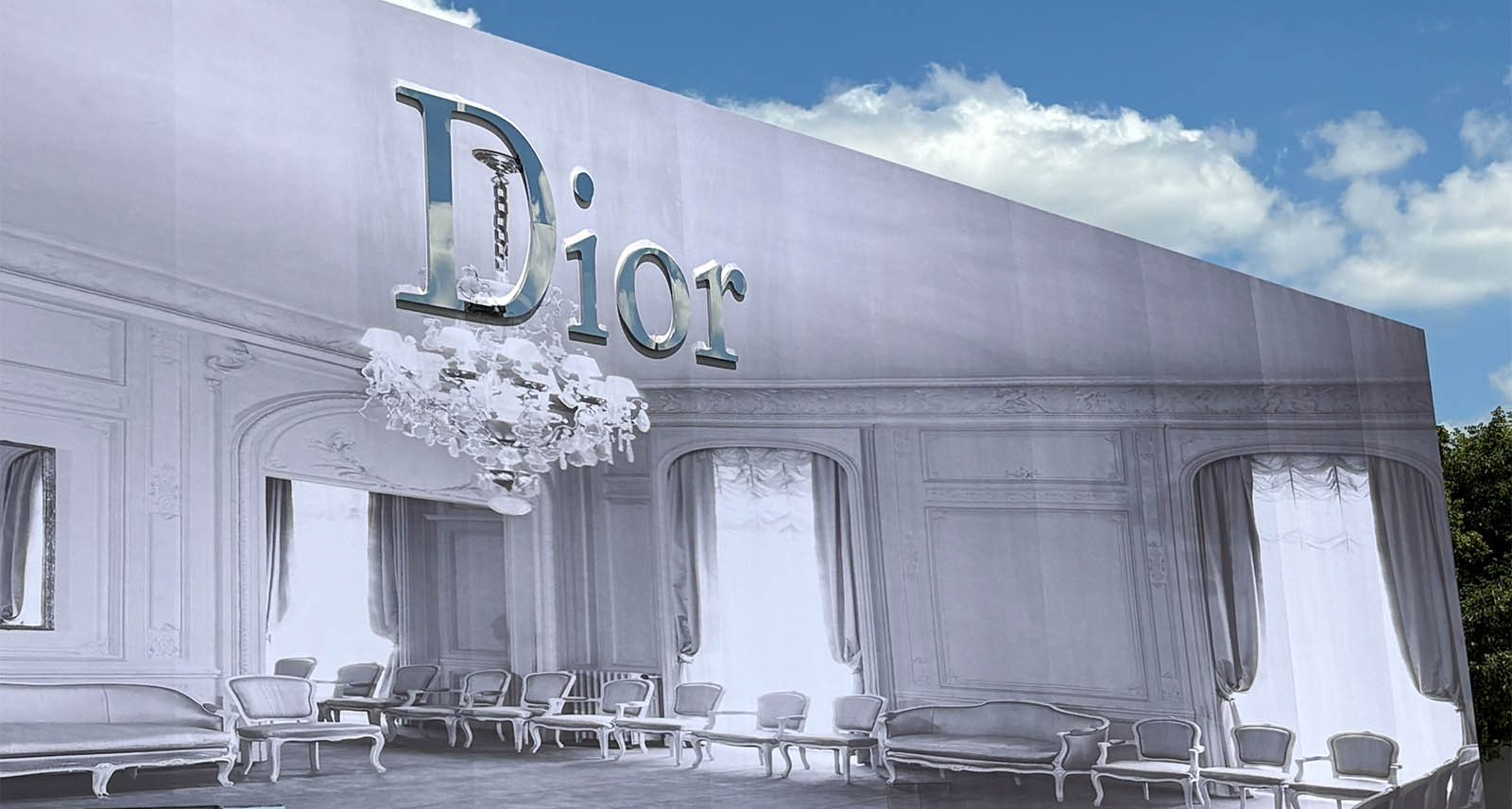Ask a Winemaker: Trevor Durling on Bringing a 120-Year Old Winery into the Future
Many, if not most, winemakers have a “eureka” wine, a truly remarkable expression that had a formative influence on their style. For Trevor Durling, it was a bottle of 1968 Georges de Latour Private Reserve Cabernet Sauvignon that he tried in his early winemaking days. Now, as head winemaker at Beaulieu Vineyards (BV), he’s come full circle—he makes it.
Recently, we had a chance to sit down with this superstar of the wine world—the fifth head winemaker at the storied 120-year-old Napa Valley winery—to ask him about how he got here and what we should expect to see coming out of BV under his tenure.
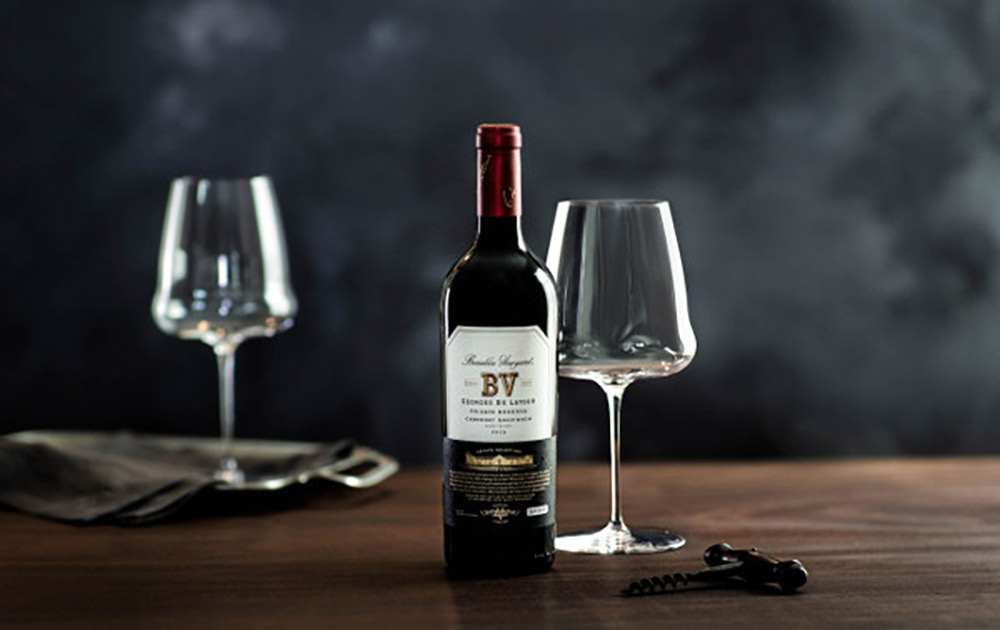
What was it about the 1968 Georges de Latour that made such an impact?
I remember thinking, “I can’t believe a wine can do that.” It was at a blind tasting of 1968 Napa Valley wines at a family friend’s and we were trying all these awesome wines from that fabled vintage, but the Georges de Latour just blew me away. It was so layered and deep and concentrated and I thought, “That’s the wine I want to make.”
Long before that 1968 vintage, the Georges de Latour Cabernet was already a cult classic. Why do you think that is?
The Cabernet that we grow here is really saturated and dense and has big and burly tannins that make it possible to age for decades, but even when it’s young it doesn’t come off as too aggressive. The key is the soil—it’s not too gravelly. That makes for round and opulent wines and then you’re left with this kind of cocoa powder dusty character—in a very positive way—on the mid-palate and the finish.
Is that what somms and critics are referring to when they talk about “Rutherford Dust”?
You know, when André Tchelistcheff, head winemaker in the late 1930s, coined the term, he was talking about the actual dirt. He said it took a lot of Rutherford dust to make a truly iconic Napa Valley Cabernet Sauvignon, but it started being used as a descriptor by journalists and wine lovers all over the place. The way I explain it is that it’s a textural thing, because of that powdery texture unique to Rutherford Cabernet.
Some people call Tchelistcheff the “dean of American wine-making” because of the role he played in the story of the state’s wine by advancing the science, mentoring other winemakers in the region and giving California Cab a clear voice. How do you honour that rich legacy and history?
It really starts in the vineyard. The one thing that’s been very constant is our land, our terroir and our wine-making style, which is to really express that terroir in the best way possible by setting everything up perfectly so we can then get out of the way and let the fruit do the rest. I see my job as being a steward of the land, and, above all else, to leave the land in better shape than how I got it, which I’m sure is the same as the winemakers that came before me.
You have a rep for being an enthusiastic home chef. What’s your favourite pairing with BV’s Napa Valley Cabernet Sauvignon and the Rutherford Cab Sauv?
I’m big into making these kind of crazy gourmet burgers with things like wagyu beef, caramelized onions and bacon, but the Napa Valley is a really versatile wine that can also work with hearty veg dishes, like a summer squash lasagna. Once you get into the Rutherford, you’re going to have a bigger tannic structure so the go-to would be marbled ribeye, but because of the earthiness of that Rutherford dust character, I love pairing this with dishes like stuffed mushrooms or sautéed mushrooms in a wine reduction.
